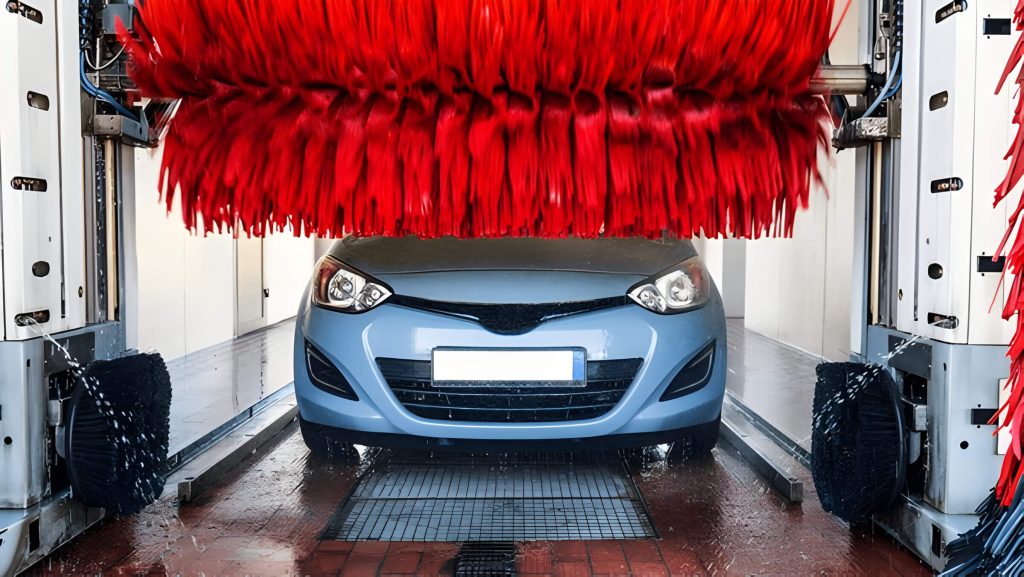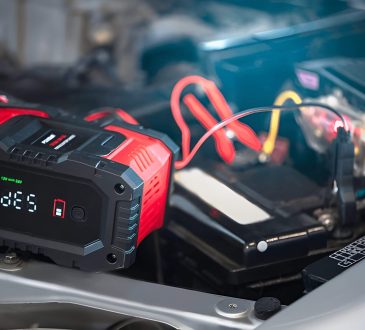
In today’s fast-paced world, a touchless car wash offers convenience and care. Using high-pressure water jets and specialized detergents, this automated system cleans cars without physical contact, reducing the risk of scratches. However, it has pros and cons. This analysis examines whether touchless car washes are effective compared to traditional hand washing, considering factors like effectiveness, convenience, and environmental impact.
The Benefits of Using a Touchless Car Wash
A touchless car wash offers numerous benefits that make it a popular choice among vehicle owners. One of the primary advantages of a touch-free car wash is the significant reduction in the risk of scratches and damage to your vehicle’s exterior. Traditional car washes often use brushes and cloths that can inadvertently cause micro-scratches, but touchless systems rely on high-pressure water jets and specialized cleaning agents to remove dirt and grime without any physical contact.
Another key benefit is the convenience it provides. Touchless car washes are typically automated, allowing for a quicker and more efficient cleaning process. This means you can have your car washed in just a few minutes, making it an ideal option for those with busy schedules.
Moreover, touchless car washes are designed to be environmentally friendly. They often use less water compared to traditional methods and employ biodegradable cleaning solutions that minimize environmental impact.
Choosing a touchless car wash not only ensures a scratch-free experience but also offers convenience and eco-friendly benefits, making it an excellent choice for caring car owners.
Potential Drawbacks of Touchless Car Washes

While touchless car washes offer the convenience of a quick and hands-free cleaning experience, they come with certain drawbacks that car owners should consider. One significant disadvantage is the potential for incomplete cleaning. Touchless systems rely heavily on high-pressure water and strong detergents to remove dirt and grime, but they may struggle with stubborn contaminants like bird droppings, tree sap, or tar. This can leave your vehicle less clean than expected.
Another limitation of touch-free washing is the risk of damage from harsh chemicals. To compensate for the lack of physical contact, these washes often use stronger detergents that can be abrasive over time. Prolonged exposure to such chemicals might lead to fading paint or deteriorating finishes on your car.
Additionally, there’s a potential damage concern from automatic washes in general. The high-pressure jets used in touchless systems can sometimes force water into sensitive areas like door seals or electronic components, potentially causing malfunctions or corrosion over time.
Understanding these touchless car wash disadvantages helps car owners make informed decisions about their vehicle maintenance routines. While convenient and efficient for regular upkeep, it’s essential to weigh these limitations against other washing methods to ensure optimal care for your vehicle.
Comparing Touchless vs Traditional Hand Car Washes
When deciding between touchless and traditional hand car washes, it’s essential to understand the differences, benefits, and drawbacks of each method. Both options have their unique advantages and cater to different needs and preferences.
Traditional hand washing involves manual labor where skilled workers meticulously clean every part of your vehicle using specialized tools and cleaning agents. One of the primary benefits of this method is the attention to detail; human hands can reach areas that automated systems might miss. Additionally, traditional hand washing often uses less harsh chemicals, which can be gentler on your car’s paintwork. However, it also has its drawbacks: it is typically more time-consuming and expensive than automated options, and there’s always a risk of human error or inconsistency in the quality of the wash.
On the other hand, touchless car washes utilize high-pressure water jets and strong detergents to clean vehicles without any physical contact. This method is quicker and often more convenient for those with busy schedules. Touchless systems are designed to minimize potential damage since they avoid direct contact with your vehicle’s surface, reducing the risk of scratches or swirls that can occur during manual cleaning. Nevertheless, touchless washes may not always achieve the same level of cleanliness as a thorough hand wash; stubborn dirt or grime might require additional attention that only a manual process can provide.
When comparing hand wash vs touchless methods for car cleaning, it’s important to weigh traditional hand washing benefits and drawbacks against those of touchless systems. Your choice will depend on factors such as time availability, budget constraints, desired level of cleanliness, and concern for potential damage to your vehicle’s exterior.
The Environmental Impact of Touchless Car Washes
As the demand for eco-friendly car cleaning methods grows, touchless car washes have emerged as a popular choice. These systems utilize high-pressure water jets and specialized detergents to clean vehicles without the need for physical contact. However, it’s essential to consider both the benefits and environmental concerns associated with these automated washes.
One of the primary advantages of touch-free car washes is their efficiency in water usage. Traditional manual washing can consume anywhere from 80 to 140 gallons of water per wash, whereas touchless systems typically use between 35 and 50 gallons. This significant reduction in water consumption makes them a more sustainable option, particularly in regions facing water scarcity.
Despite these benefits, there are environmental concerns to be mindful of. The detergents used in automated washes are often more potent than those used in manual methods to compensate for the lack of physical scrubbing. These chemicals can pose risks if not properly managed, potentially contaminating local waterways and affecting aquatic life.
Moreover, while some modern touchless car wash facilities incorporate advanced water recycling systems that minimize waste and pollution, not all do. It is crucial for consumers to choose facilities that prioritize eco-friendly practices, such as using biodegradable detergents and efficient water recycling technologies.
In conclusion, while touchless car washes offer a more sustainable alternative by reducing water usage compared to traditional methods, it is vital to address potential environmental impacts related to chemical runoff and waste management. By opting for facilities that adhere to eco-friendly standards, consumers can help mitigate these issues while still enjoying the convenience of automated car cleaning services.


